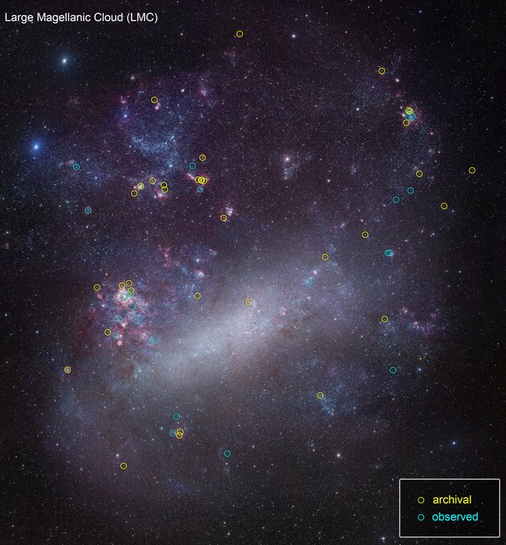Uncovering the mysteries of the universe, researchers from the University of Chicago published a groundbreaking discovery in Nature Astronomy on March 20. They found an intriguing star from the second generation that originated from a galaxy different from ours – a revelation that promises to provide new insights into how the universe got its elements.
Dr. Anirudh Chiti, a postdoctoral fellow at the University of Chicago, and his team inspect the ancient stars, searching for clues about the earliest transformative era in the universe. These first-generation stars fused simple hydrogen and helium into a myriad of elements. When these stars exhausted their lives, they exploded, sprinkling these new elements throughout the universe. The calcium in our teeth, the iron in our blood, and the sodium that powers our thoughts were all products of these long-extinct stars.
Although no one has yet managed to directly view the first-generation stars, scientists continue their unwavering search amongst the rare, second-generation stars. “Maybe fewer than 1 in 100,000 stars in the Milky Way is one of these second-gen stars,” Chiti said.
Dr. Chiti and his team turned their telescopes towards the Large Magellanic Cloud, a bright swath of stars visible to the naked eye in the Southern Hemisphere. Once an independent galaxy, it fell into the Milky Way’s gravity just a few billion years ago. Its oldest stars were formed outside the Milky Way, offering scientists the opportunity to compare conditions in the early universe.
From this research, a strange star emerged. Compared to other stars in the Large Magellanic Cloud, this one had significantly less of the heavier elements, suggesting it was likely formed in the aftermath of the first generation of stars. Remarkably, it had lesser carbon than iron compared to Milky Way stars.
Chiti stated, “We’ll have to do further studies, but it suggests there are differences from place to place.” Thus, these findings open possibilities for further exploration and understanding about the early-element enrichment process in the universe.
Information Box:
The Large Magellanic Cloud (LMC) is the Milky Way’s most massive satellite galaxy. It fell into the Milky Way only recently, roughly two billion years ago.
Stellar archaeology involves reconstructing how the earliest generations of stars transformed the universe.
Stars in the LMC offer unique windows into early star formation and nucleosynthesis in a formerly distant region of the high-redshift universe.
Reference 1: University of Chicago News.
Reference 2: Chiti, Anirudh et al. (“Enrichment by extragalactic first stars in the Large Magellanic Cloud”).Nature Astronomy, 2024.
Reference 3: The Joint Institute for Nuclear Astrophysics, MIT, the University of Sao Paolo, Gemini Observatory/NOIRLab, the University of Wisconsin-Madison, The Harvard and Smithsonian Center for Astrophysics, the University of Toronto, and the Observatories of the Carnegie Institution for Science.

